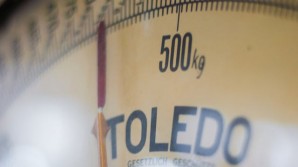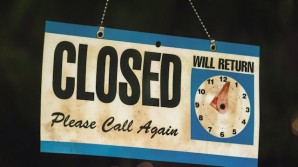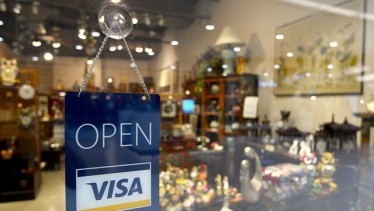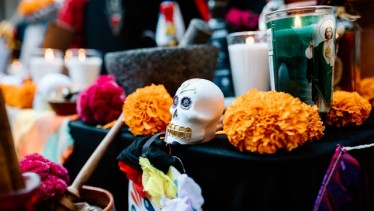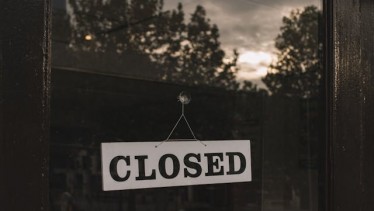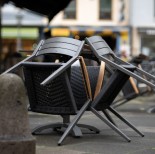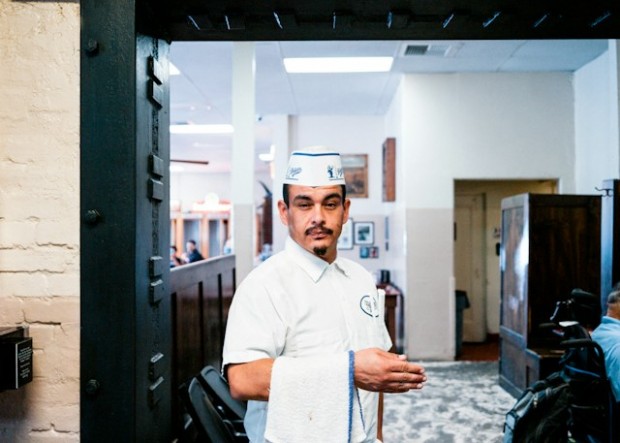
White Castle, often underestimated in the fast food realm, holds a significant place in culinary history for more than just its renowned sliders. Those familiar paper caps donned by fast food workers, a common sight in retro-style eateries such as In-N-Out, originated from White Castle.
Notably, the burger chain's co-founder, Edgar Waldo "Billy" Ingram, spearheaded the distribution of the first-ever paper food service hats.
Revolutionizing Uniforms in White Castle Restaurants
In the early days of White Castle Restaurants, cleanliness was paramount. In Wichita, Kansas, the first White Castle establishments set a high standard, requiring workers to wear slacks, white shirts, aprons, and hats. Yet, maintaining this level of cleanliness came at a cost, particularly with laundry expenses weighing heavily on the budget.
To tackle this challenge without compromising hygiene, Ingram, the co-founder of White Castle, opted for a cost-effective solution: switching from cloth hats to paper. However, being the savvy entrepreneur he was, Ingram didn't want to incur additional expenses by outsourcing. Instead, he took matters into his own hands and established Paperlynen Co. in 1932.
Soon after, White Castle wasn't the sole beneficiary of this innovation. Other restaurants quickly followed suit, eager to adopt the paper hat trend initiated by White Castle.
In food service, hats serve a critical purpose beyond mere fashion-they prevent stray hair and dandruff from contaminating the food. For establishments like White Castle Restaurants, maintaining cleanliness is non-negotiable. Recognizing this, White Castle strategically shifted from traditional cloth hats to paper.
This transition ensured that hats remained pristine and enabled cost-effective manufacturing, distribution, and disposal. Moreover, paper hats offered a practical advantage: imprinting logos on paper is far simpler and cheaper than embroidering them on cloth.
It's no surprise that Paperlynen's innovative product quickly gained popularity among other restaurants seeking efficiency and cleanliness.
Also Read: Fresno's First Nike Store Opening in River Park This March
White Castle's Patent-Powered Paper Hat Dominance


While launching their paper hat ventures might have crossed the minds of other establishments, White Castle held a significant advantage. Time magazine reports that they possessed a patent-protected hat-folding machine capable of churning out over 1,000 hats per hour.
These paper caps became ubiquitous, featuring company inscriptions in languages ranging from Spanish to Arabic. They were shipped worldwide to numerous restaurants and food distributors.
Edgar Waldo "Billy" Ingram's commitment to cleanliness sparked an unexpected venture. In the 1920s, when he borrowed $700 to establish the first White Castle hamburger stand in Wichita, Kansas, he envisioned offering customers a 5¢ hamburger served on a gleaming counter by immaculately dressed staff.
However, maintaining the pristine appearance of the staff proved challenging. Despite efforts, the 35¢ white linen caps worn by the workers looked worn and shabby after a few trips to the laundry. Faced with this dilemma, Ingram proposed a simple yet innovative solution: Why not switch to paper caps?
Paperlynen Co., White Castle's brainchild, delved into political merchandise. During the presidential campaign, supporters of Dwight D. Eisenhower proudly sported "I Like Ike" caps manufactured by Paperlynen.
By 1955, White Castle's paper hat empire had reached staggering heights, with Time estimating the distribution of 42 million hats annually.
Related Article: Popeyes Franchisee Declares Bankruptcy: 17 Stores Facing Uncertain Future


